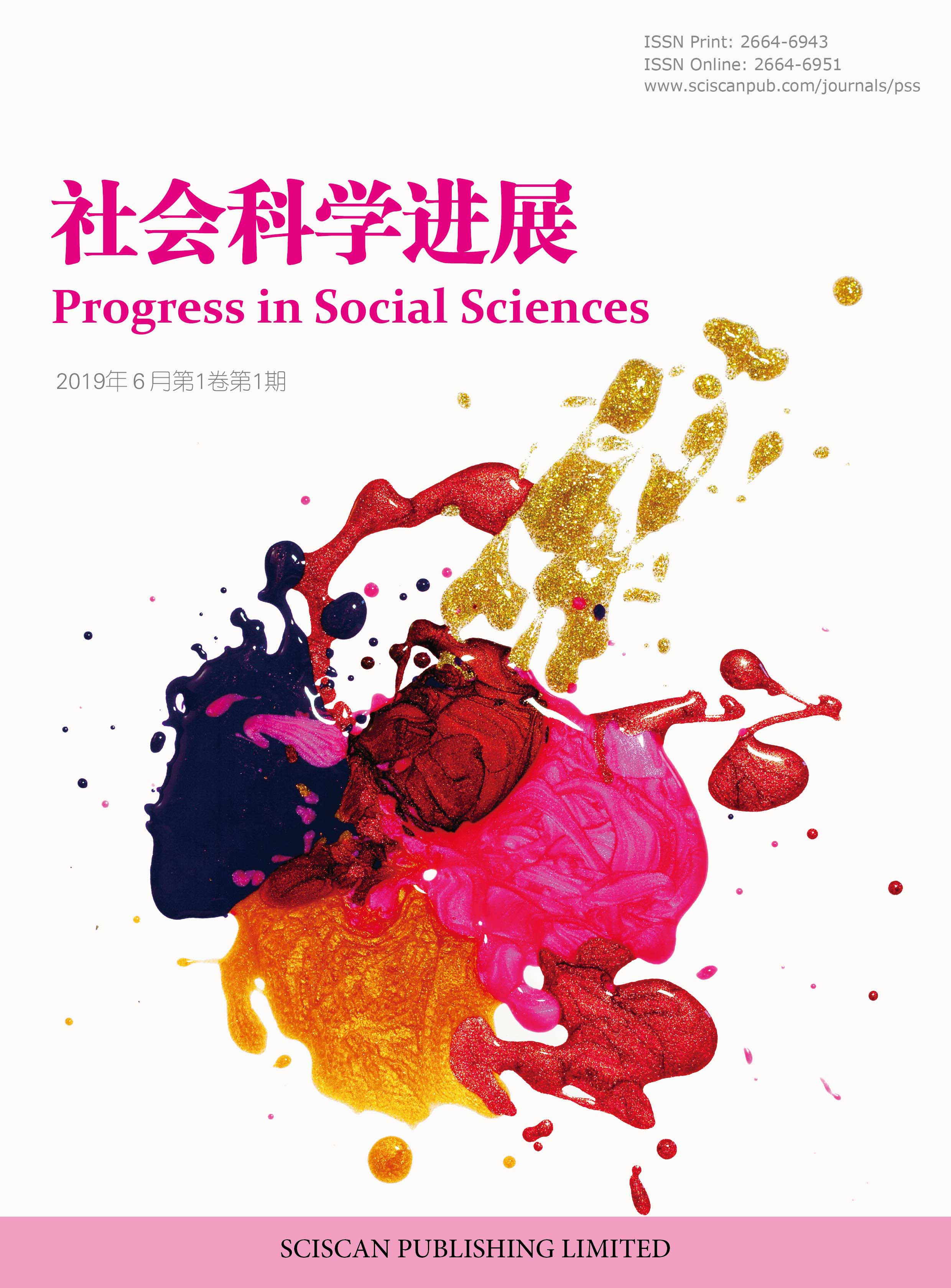Progress in Social Sciences
ISSN Print: 2664-6943
ISSN Online: 2664-6951
Contact Editorial Office
Subscribe to the latest published information from SCISCAN
意向构造与文化记忆生成:广东醒狮表演空间文本视觉修辞分析
The Construction of Intention and the Generation of Cultural Memory: A Visual Rhetoric Analysis of the Spatial Text of Guangdong Lion Dance Performance
- Authors: 陈嘉琳
-
Information:
宁夏大学,银川
-
Keywords:
Visual rhetoric; Lion dance performance; Cultural identity视觉修辞; 醒狮表演; 文化认同
- Abstract: Taking the Guangdong lion dance performance as the research objectand with the help of the visual rhetoric of the spatial text as the research method,this paper discusses the role of the composition, combination and interaction ofall kinds of visual symbols in the Guangdong lion dance performance space inthe reproduction of Lingnan culture and the construction of national identity.The study found that there are a large number of auspicious and festive culturalcodes in Guangdong lion dance performance space, which not only reproducesthe historical origin of Lingnan culture, but also shows the ancestors'expectations for a better life. At the same time, the development of lion danceactivities can reflect the historical changes of Lingnan society. At present, thelion dance activities in Lingnan region pay more attention to competition,sharing and participation. Through a series of rhetorical strategies, thesesymbols reproduce the traditional culture in a broader space and evoke thecollective memory of Lingnan culture. 以广东醒狮表演作为研究对象,借助空间文本的视觉修辞作为研究方法,探讨广东醒狮表演空间中的各类视觉符号的构成、组合、互动对于再现岭南文化,建构民族认同的作用。研究发现,广东醒狮表演空间中存在大量寓意吉祥、喜庆的文化符码,不仅再现了岭南文化的历史源流,也表现出先民们对美好生活的期待,同时通过醒狮活动的发展可以映射出岭南社会的历史变迁。在当下,岭南地区的醒狮活动更注重竞技、共享和参与,通过一系列的修辞策略这些符号在更广阔的空间里复现传统文化,唤起岭南文化集体记忆。
- DOI: https://doi.org/10.35534/pss.0503020
-
Cite:
陈嘉琳.意向构造与文化记忆生成:广东醒狮表演空间文本视觉修辞分析[J].社会科学进展,2023,5(3):210-220.
















